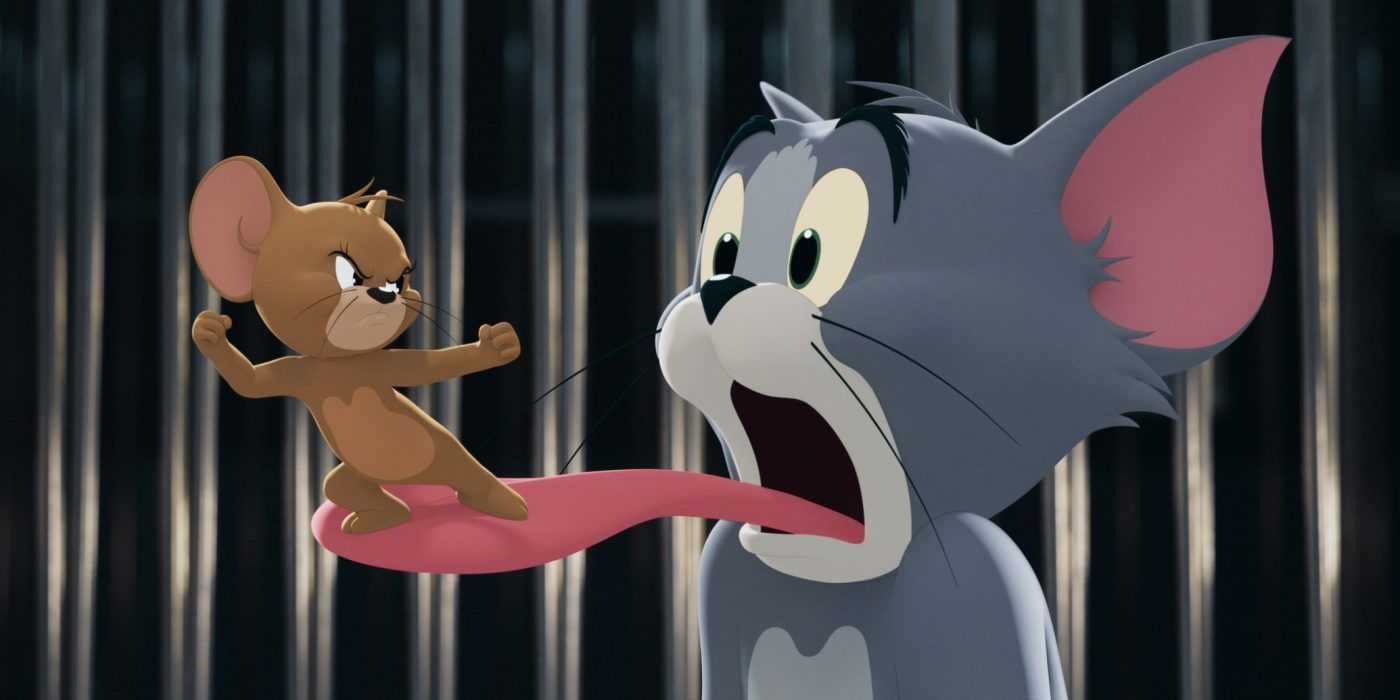For the newest film adaptation of the classic cartoon Tom & Jerry, director Tim Story explained why the titular characters remained in 2D while exploring a 3D environment. This latest feature, which premieres next week, follows the iconic mouse-and-cat duo as they navigate New York City streets and find themselves once again locked in a rivalry at the posh Royal Gate Hotel. Chloë Grace Moretz, Michael Peña, Ken Jeong, Rob Delaney, Patsy Ferran, Pallavi Sharda, and Colin Jost round out the cast of Tom & Jerry.
Created in 1940 by William Hanna and Joseph Barbera, the original cartoon launched an animated franchise that endured for decades. Produced by Metro-Goldwyn-Mayer until 1957, the first slate of Tom & Jerry theatrical shorts received seven Academy Awards for Best Animated Short Film for nearly twenty years. During this time, the cartoon underwent many revivals, hopping from one production studio to the next. There were multiple successful spinoffs, including The Tom and Jerry Show, The Tom & Jerry Comedy Show, Tom & Jerry Kids, and various direct-to-video films.
On Twitter, Fandango posted a behind-the-scenes video that features Tim Story, the director of Tom & Jerry, who articulated his thoughts on the decision to keep the beloved cat and mouse in their original 2D forms. As Story explained, “It was important to have the animated characters be in 2D because the classic cartoons were in 2D. We could actually have them look exactly like they always did but at the same time live in a 3D world.” After revealing that Tom & Jerry remains his favorite cartoon to this day, he added, “We thought it was the best way to give homage to what the cartoons have always been.”
A Warner Bros. Pictures production, the current Tom & Jerry initially entered development in 2009 but stalled for several years. The film's structure evolved, briefly conceived as an entirely animated endeavor before switching back to its live-action/animated hybrid model. Once shooting began in 2019, animators stayed on set during filming, which granted the cast greater freedom to improvise throughout their scenes. Accordingly, the animated portions of the film worked to maintain cohesion with the real-world sets.
In this way, Tom & Jerry offers a fresh reimagining of a well-known story and operates as a savvy marketing move for the beloved franchise. Its release plays into the current nostalgia for old-school television and films that has permeated pop culture. While the movie is ostensibly geared toward children, it will likely appeal to older demographics craving a return to the familiar cartoons of their youth.
Source: Fandango

